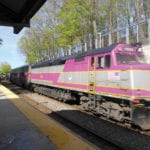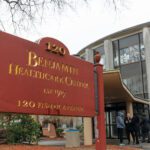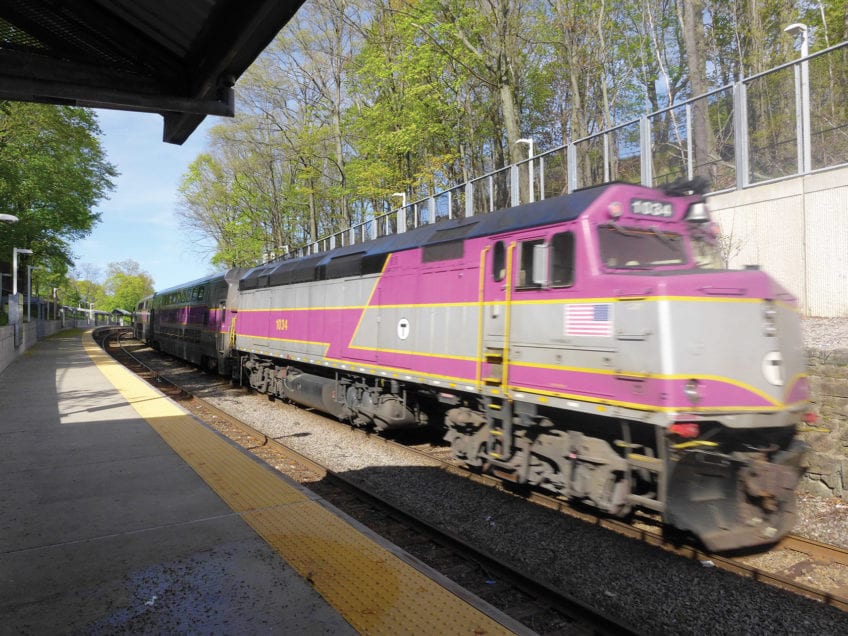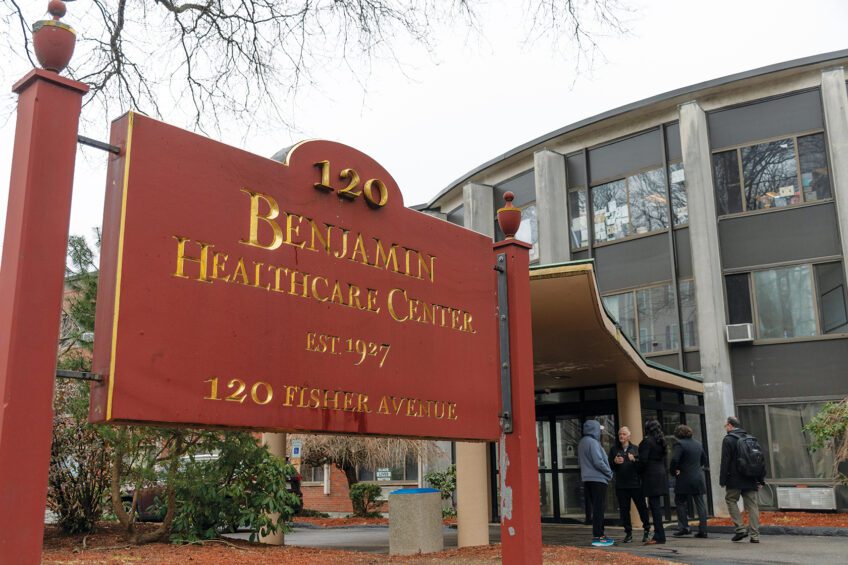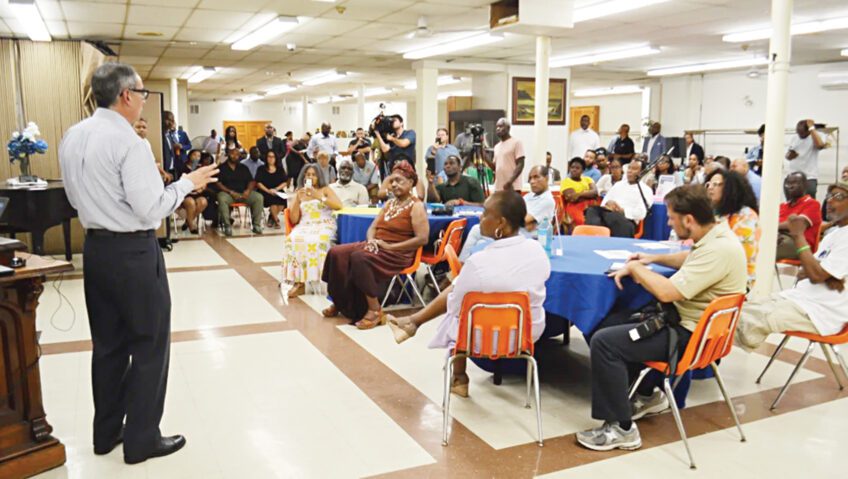Burden of transit fare a factor in school choices
Councilor proposes free bus-and-T passes for all high schoolers
During their first day of school, 90 students at Boston Arts Academy learned they would not be receiving the free bus-and-subway passes they were relying on to get home.
Because of the nature of their curriculum — students are sent across the city to theater space, art museums and music venues — many receive free transit passes, known as M7s. But on opening day the school learned that the same restrictions that apply to traditional high schools would be enacted here — only those who live more than two miles away would get the passes, said Tonya Tedesco, advocacy chair for BAA’s Family Council and parent of a grade 10 BAA student. Other students would get S passes, which give a discounted T fare but still require students to load money.
Teachers and advisors dug into their own pockets to supply the teens with the needed fare.
For some families, Tedesco said, even discounted fares pose too much of a financial barrier.
“The headmaster has gotten calls that some kids may have to transfer to schools that don’t have that requirement or that are outside a two-mile radius, so they can get an M7 card,” she told the Banner. “Kids shouldn’t have to be choosing between Boston Arts Academy and having enough money to get to school.”
M7s are given to grade 7 and 8 students who live more than 1.5 miles away from their school and grade 9 through 12 students who live more than 2 miles away.
Students who live too close to qualify are given S passes — which reduce bus and T fare to 85 cents per ride — if they use public transit at least twice a day for 180 days during the school year. That means a cost of $306 per student, plus the cost of any additional trips around the city for schoolwork and fieldtrips. In a school like BAA, those trips are required.
S-card eligible students who might choose the long walk over shouldering fare costs may see that option removed as winter approaches.
Expanding free passes
On Monday, City Councilor Tito Jackson, chair of the Committee on Education, filed a hearing order that cites such issues and calls for considering provision of free M7 passes to all students in grades 9 through 12. According to the order, BAA families are far from the only ones who discuss choosing less desirable schools further away in order to qualify for an M7 pass, or where students are prevented from participating in programs due to the transportation costs.
Enacting this would cost Boston Public Schools about $2 million more a year, the hearing order states. Currently, there are 14,207 students in district, parochial and charter high schools. Supplying all of them with free passes would come to about $4.3 million annually. M7 passes costs BPS schools $300 per student per year, while S passes cost BPS nothing.
Ten percent of BPS’s budget is spent transporting children to district, charter and parochial schools, according to the 2016 BPS Strategic Implementation Plan. Officials long have cited this as a key area to rein in spending, with Superintendent Tommy Chang proposing in March that $10 million could be saved from streamlining operations.
Shifts in coverage noted at BAA and other schools have caused some such as Tedesco to wonder if this is a sign of efforts to reduce transit expenditures. If so, she said, it is doing so by transferring the costs along to parents.
Because BPS was so late in informing Boston Arts Academy of the change to its T pass policy, the school department will this year provide half the funding for continuing M7 coverage for no longer eligible students, Tedesco said. Coming up with BAA’s half of the money may be challenging, after the school already fundraised $2.6 million this year to retain 13 teachers, she said.

